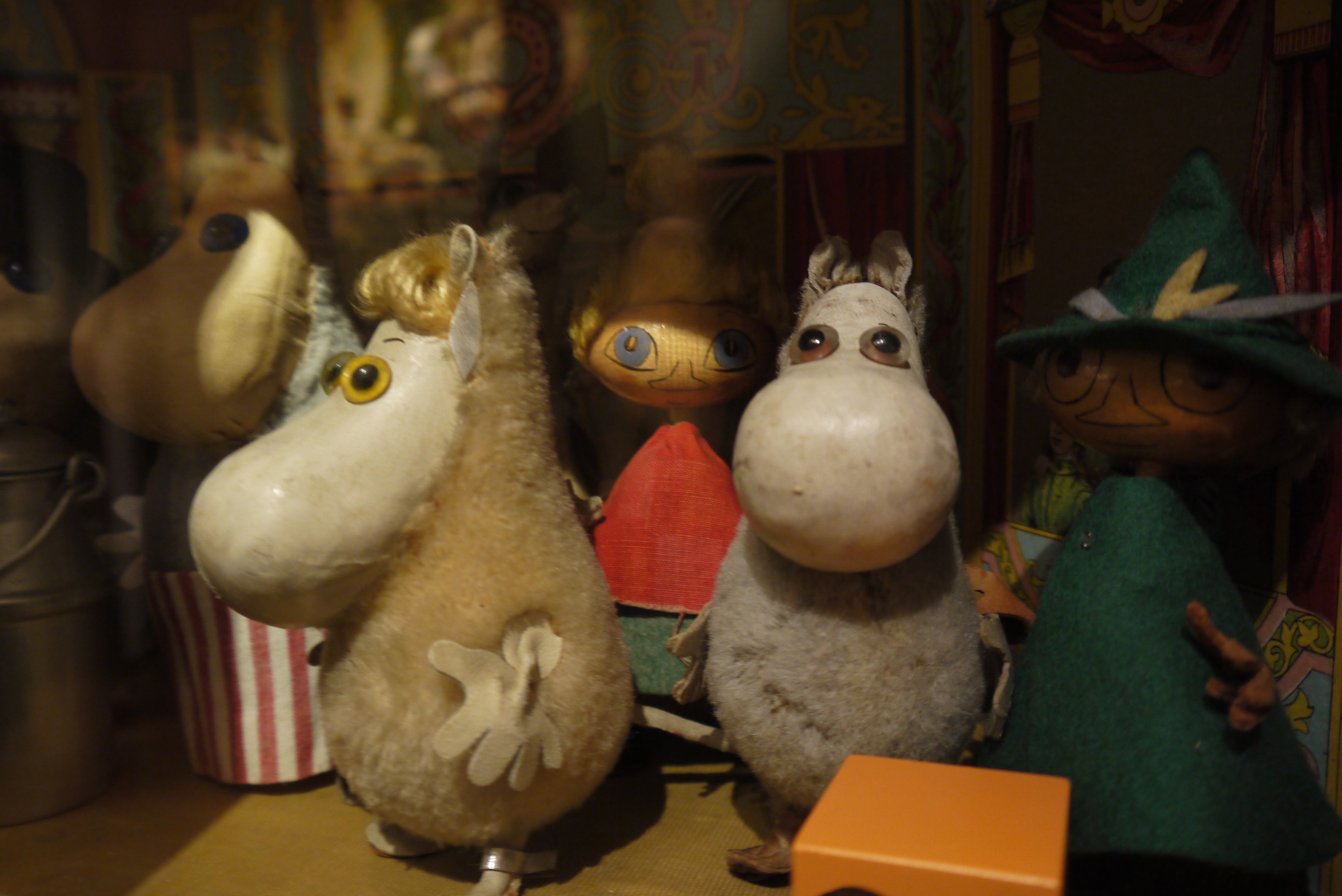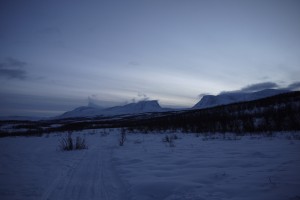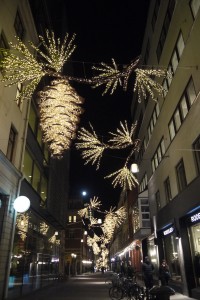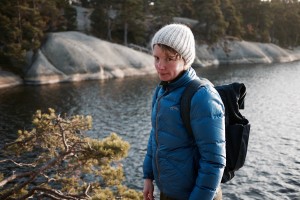Wicked problems call for new institutions!
The problems that the world and society are facing today are of the very complex and intractable sort, wicked problems that span value systems, disciplines, and knowledge bases. Climate change is one of these. It is an economic, scientific, and social issue of spectacular scale. In order to achieve the lofty goals set in 2015 at the COP21 in Paris and our Sustainable Development Goals we need a deep understanding of these interconnected challenges. This requires cooperation between specialists with backgrounds in the natural and social sciences, as well as politics and the arts.
Until recently most of the world’s problem solvers have been working in separate disciplines. This means that most of our research infrastructure–universities, institutions, and organizations–has been designed to function with disciplines in isolation. These divisions pose significant barriers to true collaboration. Even the language used within most disciplines does not cross boundaries and we literally cannot understand one another!
Today’s world calls for research that is interdisciplinary, and furthermore transdisciplinary. Interdisciplinary work begins to bridge the disciplinary divides, but transdisciplinary work moves beyond this to engage directly in co-production of knowledge outside of the bounds of academia. The research is framed by the impacts it will have on society. The solutions that emerge from the research may then be transformed into actions by using the pathways built through direct collaboration with the groups involved. The Stockholm Resilience Centre, where I spent the last semester, is a powerful example of an institution that is truly transdisciplinary and as a result is producing some of the most cutting-edge and relevant sustainability research in the world. The Centre is internationally recognized for its research and collaborates with different institutions, organizations and communities in Sweden and around the world.
How do they do it?
The Centre is constantly evolving and changing. New researchers are always entering, and there’s a steady stream of visitors from around the world. Individuals and groups travel for conferences, field work, to give lectures, and to work with others. New systems of communication and administrative support develop all the time, adjusting to the needs of the people and the work being done. As a research assistant I only experienced a small portion of it, but what I did observe was exciting and thought provoking. It painted a clear picture of how innovative work requires new innovative institutions. Three areas stood out:
- Collaborations:
It would take some time to tally up all of the various partnerships, subgroups, affiliations, diverse stakeholders and collaborators that take place at the Stockholm Resilience Centre. A little time on their website will start you down that rabbit hole. Even in house there are organizations that help to bridge disciplines and create communication materials. These collaborations bring in different perspectives, knowledge bases, and diverse actors to generate new and deeper insights.
2. Meetings and Communications:
With so many different disciplines it is important that they all understand one another. There are many opportunities each week (sometimes each day!) to hear about the work of colleagues and visitors. Lectures, seminars, and conferences help to make everyone “T-shaped” researchers.
Hierarchy is also less of a force in a transdisciplinary research setting; the expectation is that everyone at the table is bringing something valuable to the discussion. In meetings everyone has a chance to ask questions, share their work and ideas, and give feedback. This allows space for more radical insights and new perspectives to make it to the table.
3. Resilience Lens:
At the Centre, research is rarely pursued along disciplinary lines, but rather seeks the right mix of disciplines, methods, theories and evidence to approach a solution to a complex problem. This is where applying a resilience lens becomes quite important. It provides a perspective and the goal of understanding which is essential in unifying the research of the Centre. This way the solutions are the guiding forces rather than the nature of the disciplines.
I think that Carl Folke, one of the Centre’s leaders, puts it best: “By combining new forms of cooperation with a holistic perspective, we hope to generate the insights that are needed to strengthen societies’ and the ecosystems’ capacities to meet a world which spins faster and faster.”
Saying Goodbye (for now)…
Having an opportunity to participate in this new type of institution was a wonderful experience and one that has certainly shaped my ideas about the kind of career I want to pursue. My experience in my first year of Bard CEP gave me a start on doing interdisciplinary work and my time at the Centre has put me on the path of a transdisciplinary researcher. I am excited to continue working together with Centre researchers on my thesis project!






Dearest Byrd,
This is a fantastic insight into your work at the Stockholm Resilience Centre! I think we could all work on being more transdisciplinary in our research and advocacy. Your section on collaboration really resonated with me and my work at the IUCN Global Gender Office, where we work with professionals in all sorts of fields to improve the way we view and further gender equality. It’s extremely important because each discipline has a different perspective, definition, and insight on how to incorporate gender equality. We can’t actively push back against discrimination if we have blinders on and aren’t willing to change and adapt to different experiences.
Du är bäst!
Emmett